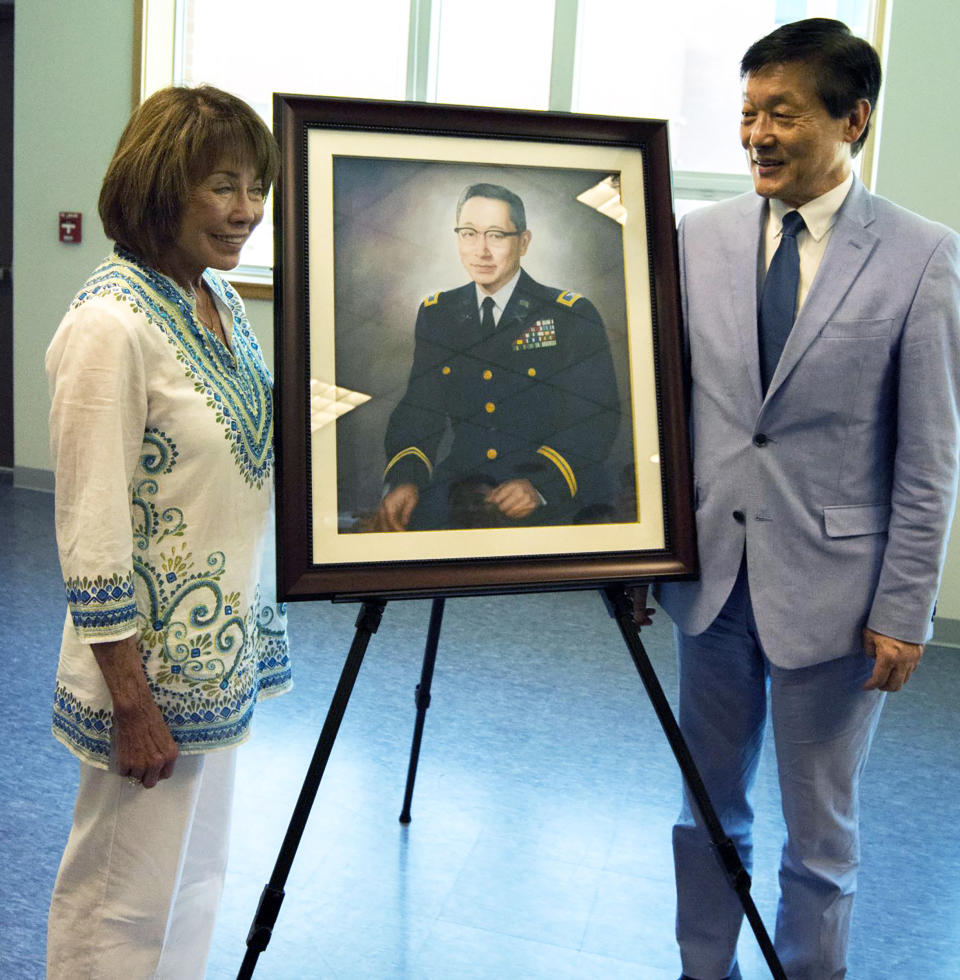California school district offers unique Korean American studies class
Anaheim Union High School District in Orange County, California, is offering for the first time this fall an ethnic studies course focusing on the history and experiences of Korean Americans.
Forty-one students from ninth to 12th grade across the district enrolled in the virtual class, titled Korean American Stories, Experience & Studies.
“The Korean American story is a great American story. But if I were to, as a young person, ask myself, ‘Could I name one Korean American who made a difference for the United States?’ I would have struggled to name even one,” said Jeff Kim, a world history teacher in the district who spent the last three years advocating for the new elective.

The course, which is divided into five parts, begins with all students learning about their family’s personal story, Kim explained. The students will then learn the history of Korean Americans and archive what they’ve learned in a virtual museum.
One of the units involve students identifying a topic they’re passionate about and finding a way to advocate for it through civic engagement.
The class, which will fill an ethnic studies requirement, will include lessons about immigration patterns, the establishment of Koreatowns, the Korean War, how Korean Americans were impacted during the 1992 L.A. riots, and Korean pop culture in the U.S. It will also highlight historical figures like Olympic diver Sammy Lee, activist Ahn Changho and World War II Col. Young-Oak Kim.
The new course was designed by Kim, history scholars and leaders in the school district. It was also partially financially supported by the Consulate General of the Republic of Korea in Los Angeles.
Even though it focuses on Korean Americans, Kim said it intersects with other Asian American experiences.
Michael B. Matsuda, the superintendent of the AUHSD, said he was thrilled to offer the course this fall. He said that, as the son of Japanese American citizens who were placed in internment camps during WWII, it was crucial to teach about the experience of Asian Americans in the U.S.
“I think that it’s really important that young people, whether they’re Korean or not — that they acknowledge and understand the story of this country and its struggles,” he said. “It’s about their story, their narrative, who they are and being proud of who they are without putting down others.”

Kim said he considered integrating Korean American studies into his curriculum for years, but it wasn’t until the Covid-19 pandemic and the rise of anti-Asian hate that he decided to focus on developing the course.
“I thought, ‘What would be a loving way to respond to this?’ Because people can respond with fear and anger, but I wanted to respond out of love and wisdom. I thought the best way I could do that is to help students know and tell their own stories of resiliency and Korean American stories of resiliency.”
Women and the elderly were major targets during the height of anti-Asian hate incidences in the U.S. A 2021 report by the hate incident tracking coalition Stop AAPI Hate found that a disproportionate number of anti-Asian attacks have been directed at women.
A 2022 report from the coalition and the American Association of Retired Persons also revealed that almost all Asian American seniors who experienced hate incidents during the pandemic reported feeling that the U.S. has become “more physically dangerous for Asian Americans.”

This article was originally published on NBCNews.com

